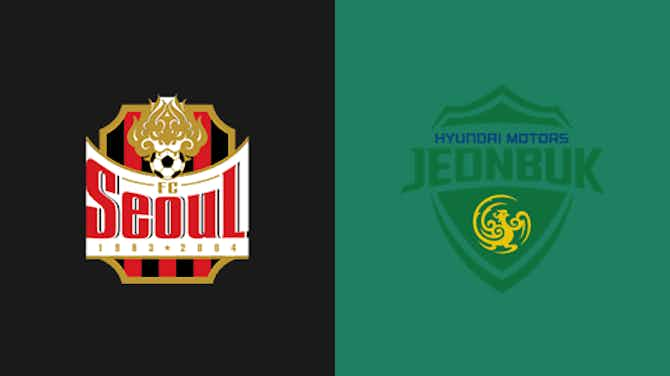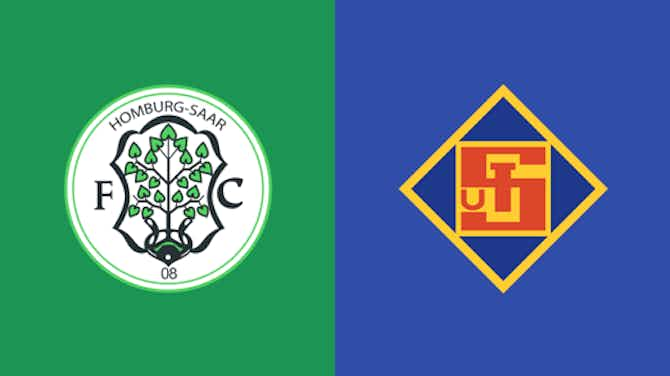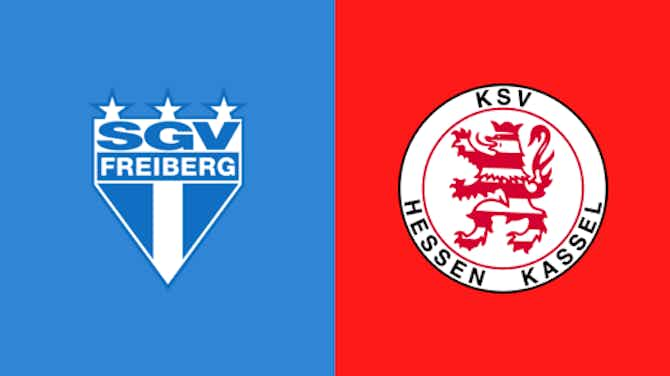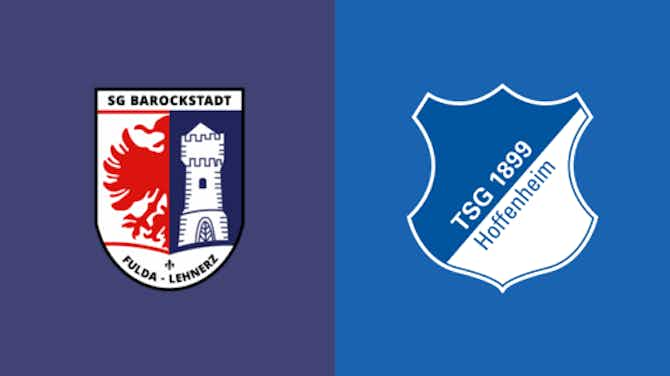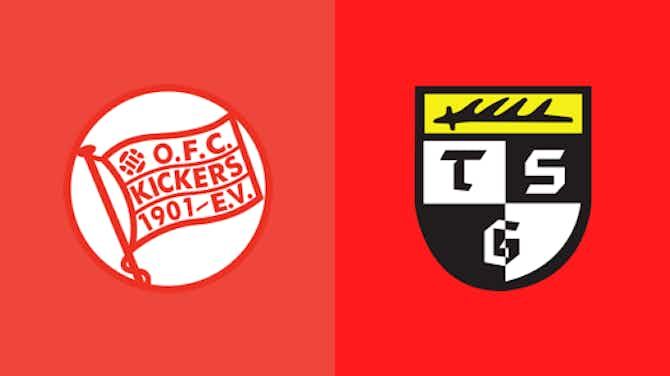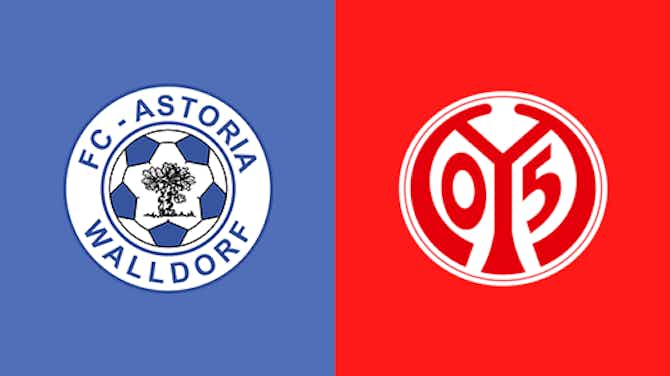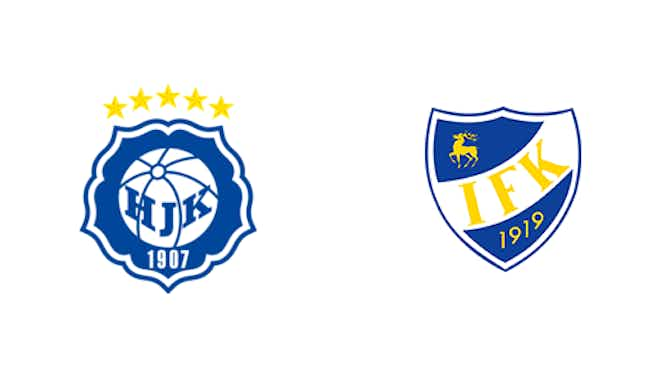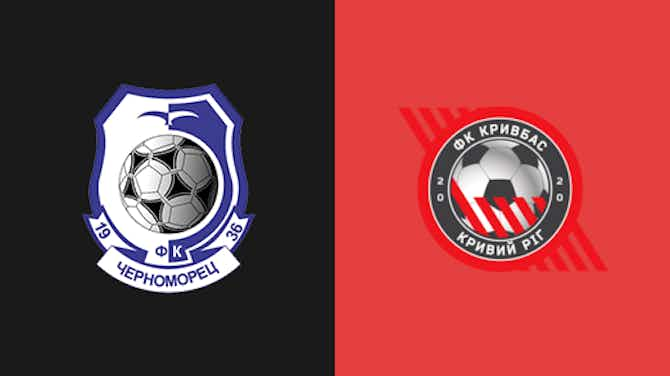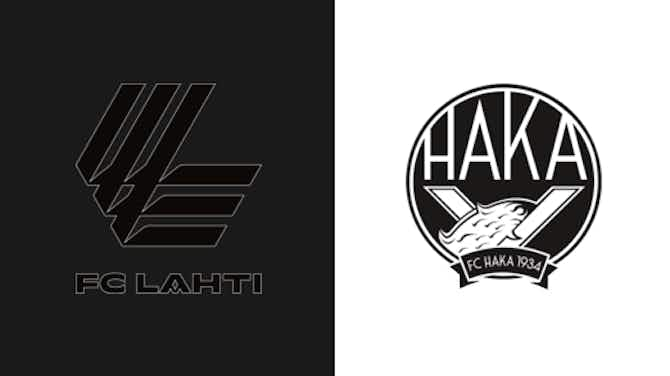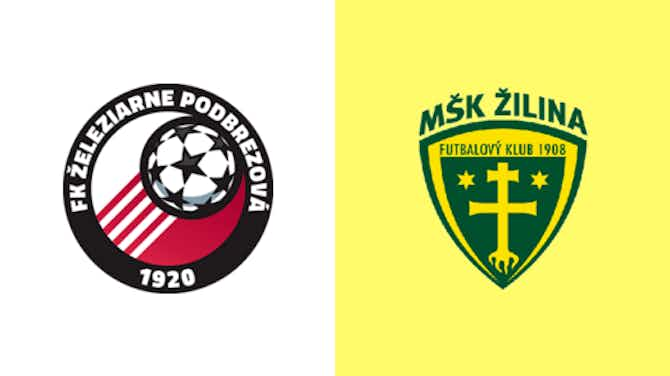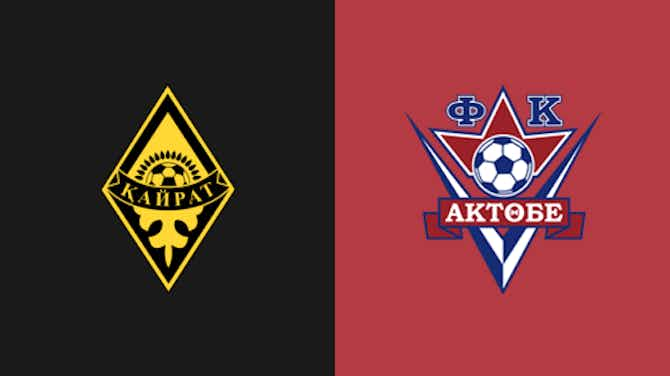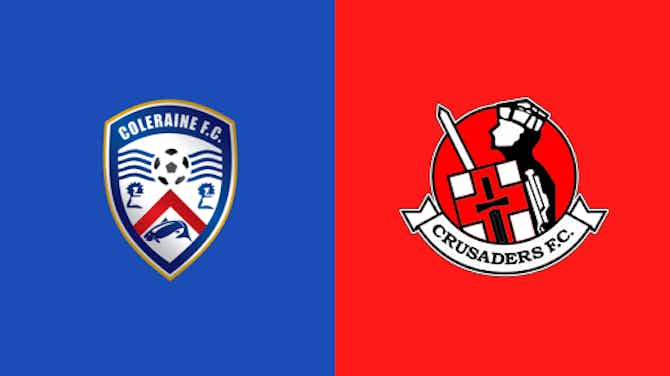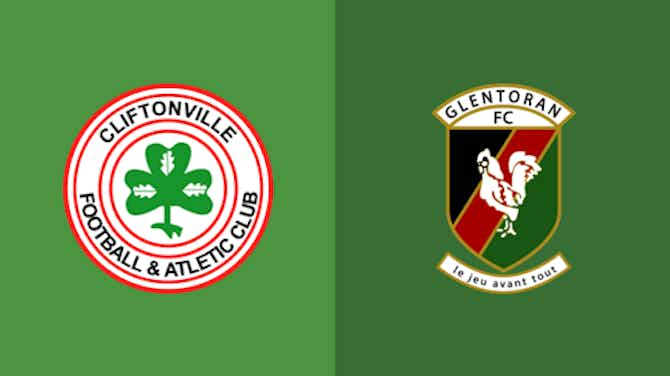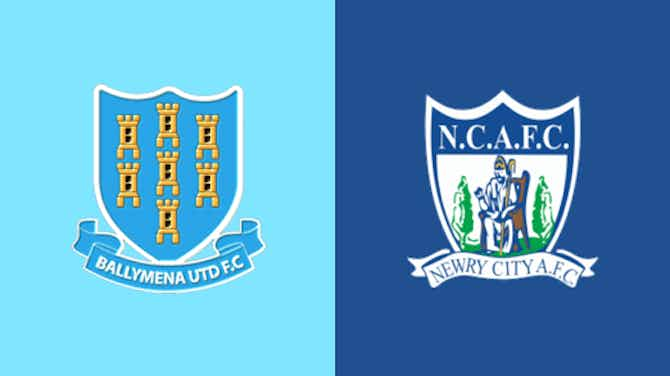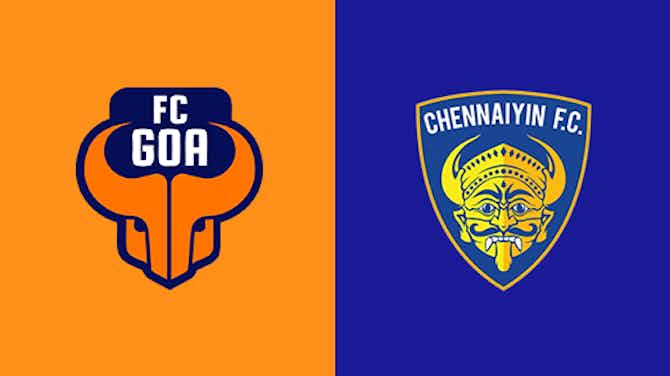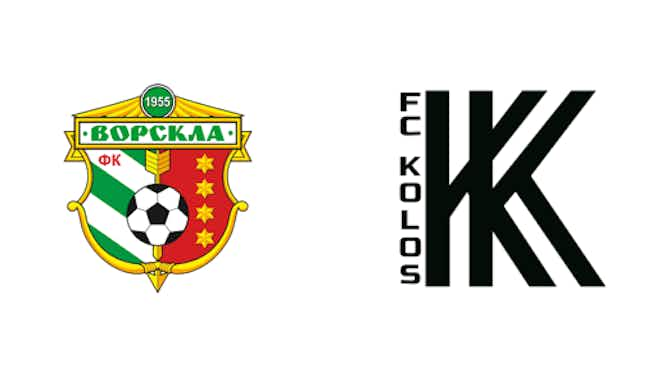OneFootball
Padraig Whelan·4 June 2020
⭐️ Onefootball's greatest ever teams: In 3rd place is ... 🥉
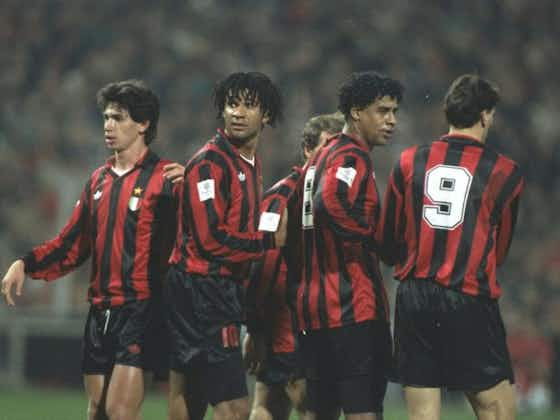
OneFootball
Padraig Whelan·4 June 2020

With so much football on pause, we’re taking a look back through history.
After much discussion at Onefootball HQ, we’ve put together a list of the top 20 club teams of all time.
Our countdown has now reached the podium positions …
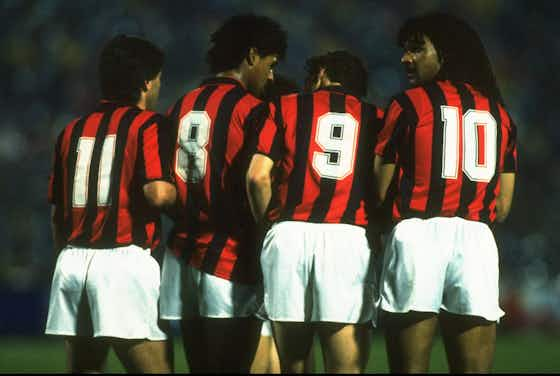
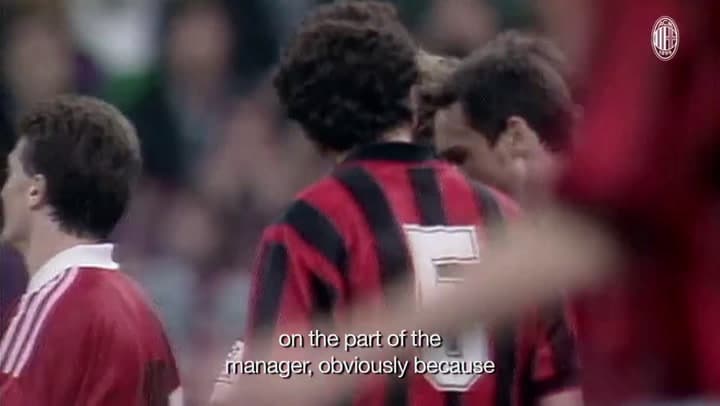
Milan’s side from 1988 until 1994 did it all.
Not only did they enjoy tremendous trophy success, they did so with a swashbuckling style that completely reinvented the game, particularly in their own country.
At that point, Italian football was still caught up in Catenaccio and defensive ideals, which made teams formidable, but far from entertaining.
And then along came two men to change it all. President Silvio Berlusconi had the finances and determination but needed someone in the dugout to revitalise the Rossoneri.
He found his man in Arrigo Sacchi, who impressed after his Parma side came to San Siro in the Coppa Italia and won before following it up in 1987 with a repeat victory over two legs.
The fearlessness and attacking intent which they displayed convinced Berlusconi, who quickly hired the promising young tactician.
It was a match made in heaven.
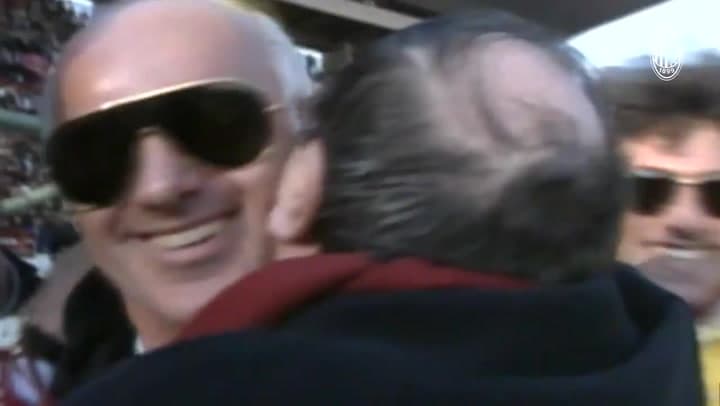
In Sacchi’s first season in 1987/88, they stunned a Diego Maradona-led Napoli outfit by winning the title and losing just two games all year, earning the moniker of The Immortals.
With no professional playing pedigree to speak of, many had scoffed at Sacchi’s appointment.
They weren’t doing so any longer.
“I didn’t realise you had to be a horse first before you can be a jockey,” he famously responded when quizzed on his lack of a playing career.
Things soon got better as a star-studded cast featuring deadly Dutch trio Marco van Basten, Ruud Gullit and Frank Rijkaard gelled seamlessly with local heroes Paolo Maldini, Franco Baresi, Roberto Donadoni and Carlo Ancelotti.
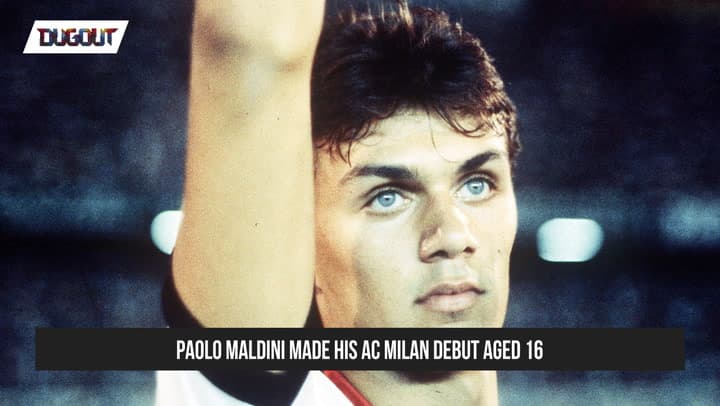
Their league form dipped in the sophomore season but for good reason – they were all in on chasing a first European Cup in 20 years and announced their arrival on the continental stage in a big way.
After thrashing Real Madrid 5-0 at home in the semi-final, they destroyed Steaua Bucharest 4-0 in the final. Now, everyone was taking notice.
But how were they doing it?
With a slick 4-4-2 system which incorporated zonal-marking (unheard of in Italy at that time), a high defensive line and springing the offside trap, all of which made opposing teams very uncomfortable.
We had great professionals eager to win by playing spectacular football. We used collective intelligence, with 11 players involved in defence and attack. The only way to build a side is as a team. As Michelangelo said ‘the spirit guides the hand’.
His training sessions were notoriously tough and intense.
He was known to do plenty of work without a ball solely to work on player positioning and it worked wonders.
Having tasted success, Milan were now ravenous for more. They retained their European Cup, Super Cup and Intercontinental Cup trophies – firmly establishing themselves as the dominant force.
But after a trophy-less season in 1991/92, Sacchi departed, replaced by Fabio Capello. It proved the jolt in the arm Milan needed to get back to winning ways.
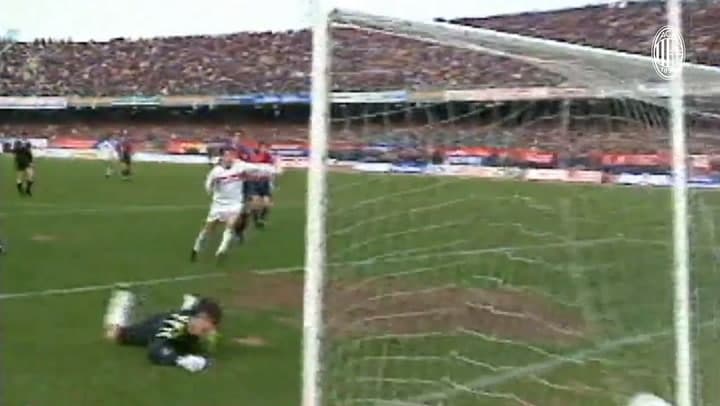
Berlusconi’s decision to chose Van Basten over Sacchi in a rift between star player and coach was vindicated as the phenomenal Dutchman scored 25 times for a Milan side which went the campaign unbeaten and ended it with a stunning 8-2 win on the final day.
Although they lost Van Basten to a career-ending ankle injury at the age of just 30 (although he didn’t officially retire until 1995), astute signings such as Dejan Savicević and Zvonimir Boban kept the success coming.
Another league title followed along with other domestic honours and a narrow defeat in the Champions League final against Marseille as their love affair with that competition continued.
In 1993/94, they banded together for one last dance, summoning all of their class and experience and adopting a more defensive approach to take the title by three points over Juventus.
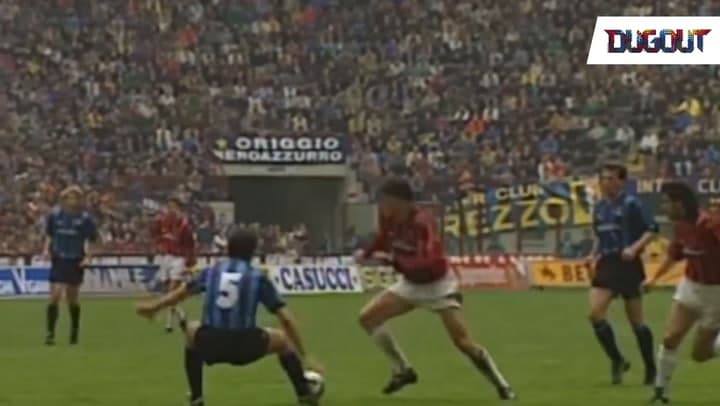
Although they scored just 36 times in 34 games (two of the relegated sides managed 35 and 10 teams outgunned them), they conceded just 15 and reached the Champions League showcase once again where few gave them a chance against Barcelona’s Dream Team.
They turned on the style one last time in Athens to blow Barça away with a beautiful show of attacking football and lift the trophy they had become so synonymous with during that golden era.
The Rossoneri revolution was complete.
Italian football hasn’t been the same since.
